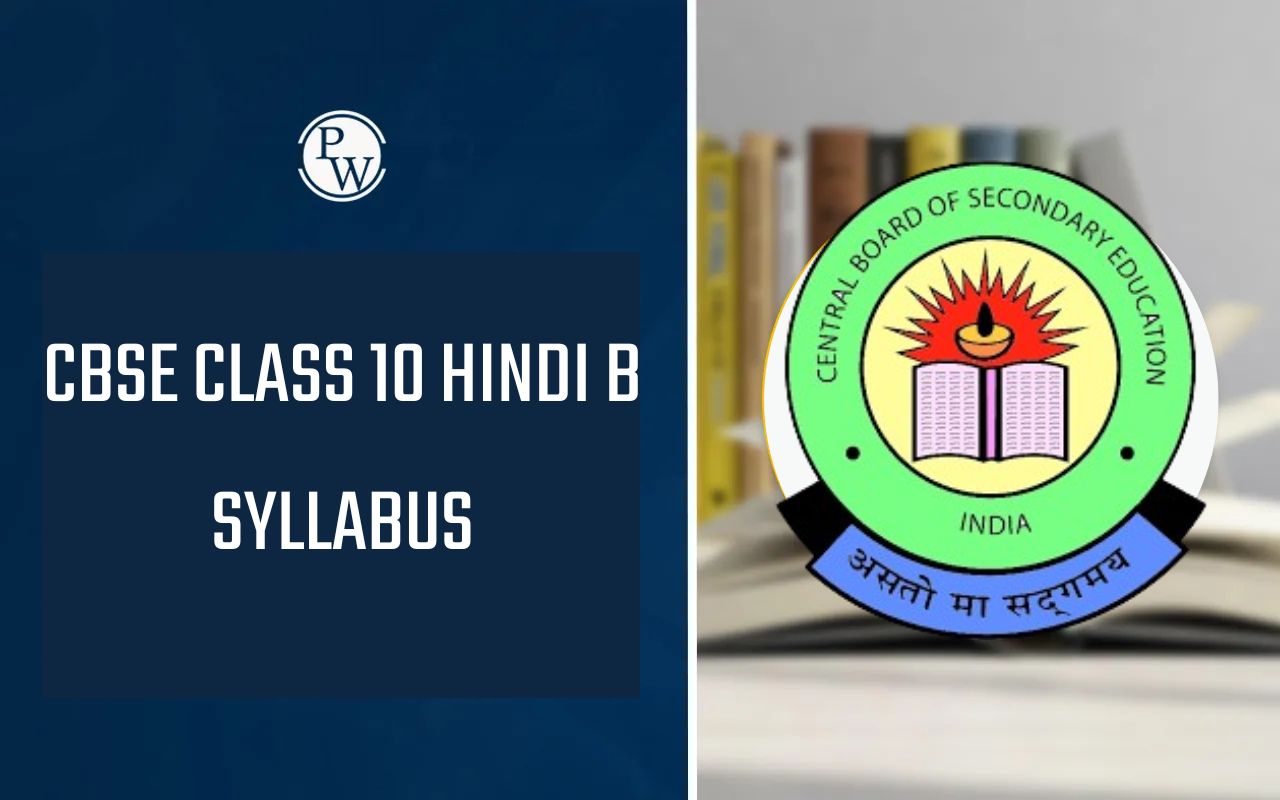
Definition of Measurement
Measurement Formula: Measurement can be defined as the process of determining the size, quantity, or capacity of an object or an event using standardized units and a scale. It is an indispensable tool for making sense of our environment, conducting experiments, and solving problems in various fields, including physics, chemistry, and engineering. In essence, measurements provide us with a common language to express physical quantities precisely. Measurements are an essential part of our everyday lives and are fundamental in various fields, from science and engineering to cooking and construction. They provide a means to quantify the physical characteristics of objects and phenomena, enabling us to understand, analyze, and communicate information about the world around us. Common Measurement Units Before we dive into the specific measurement formulas, let's familiarize ourselves with some of the most common units of measurement that you're likely to encounter: - Length : The unit of measurement for length is the meter (m). It is used to quantify the distance between two points or the size of an object. - Mass : Mass is measured in kilograms (kg). It tells us the amount of matter an object contains. - Time : Time is quantified in seconds (s). It allows us to measure the duration of events. - Area : The unit for measuring area is square meters (m²). It is useful for determining the extent of a two-dimensional space. - Volume : Volume is measured in cubic meters (m³) and is used to represent the three-dimensional space occupied by an object. - Temperature: Temperature can be measured in degrees Celsius (°C) or degrees Fahrenheit (°F). It helps us gauge the hotness or coldness of a substance. - Pressure: Pressure is expressed in pascals (Pa). It provides information about the force exerted on a given area. Now that we have a basic understanding of common measurement units, let's explore the specific formulas used for measuring these physical quantities.Also Check - Strain Formula
Measurement Formulas
Length Measurement Formula The formula for measuring length is straightforward: Length (L) = Distance Between Two Points This formula is the foundation for quantifying the size of objects, distances, or even the dimensions of an area. To measure length, you need a reference point and a measuring instrument, such as a ruler or a measuring tape. Mass Measurement Formula The formula for mass measurement is equally simple: Mass (M) = Amount of Matter In essence, it tells us how much matter an object contains. The unit of mass, the kilogram (kg), is a fundamental unit in the International System of Units (SI). Time Measurement Formula Time is a crucial dimension in our lives, and it's measured in seconds (s). The formula for measuring time is simple: Time (t) = Duration of an Event This formula is used to quantify the duration of any event, from the brief flash of a camera to the lifetime of a star. Measuring time accurately is essential in various scientific experiments, as well as daily life. Area Measurement Formula The formula for measuring the area of a two-dimensional space, such as a room, a piece of land, or a geometrical shape, is as follows: Area (A) = Length (L) x Width (W) The Area is expressed in square meters (m²). To calculate it, you need to measure the length and width of the space or object in question and then multiply these dimensions. Volume Measurement Formula Volume quantifies the three-dimensional space occupied by an object or substance. The formula for measuring volume depends on the shape of the object: - For a Cube or Cuboid: Volume (V) = Length (L) x Width (W) x Height (H) - For a Cylinder: Volume (V) = π x Radius (r)² x Height (H) - For a Sphere: Volume (V) = (4/3) x π x Radius (r)³ Temperature Measurement Formula Temperature is measured in degrees Celsius (°C) or degrees Fahrenheit (°F). Here's a formula to convert between these two temperature scales: Temperature (°F) = (Temperature (°C) x 9/5) + 32 This conversion formula allows you to express temperatures in either Celsius or Fahrenheit, depending on your preference or the context. Pressure Measurement Formula Pressure is the force exerted on a given area and is measured in pascals (Pa). The formula for pressure is as follows: Pressure (P) = Force (F) / Area (A) This formula underscores the relationship between force and the area over which that force is distributed. It's particularly important in fields such as fluid dynamics and engineering.Also Check - Impulse Formula
Examples Of Measurement Formula
Example 1: Calculating Area Question: You have a rectangular room with a length of 5 meters and a width of 3 meters. What is the area of the room? Solution: We can use the formula for calculating the area of a rectangle: Area (A) = Length (L) x Width (W) Plugging in the values: Area (A) = 5 meters x 3 meters = 15 square meters (m²) So, the area of the room is 15 square meters. Example 2: Converting Temperature Question: You want to convert a temperature of 25°C to Fahrenheit. How do you do that? Solution: To convert from Celsius to Fahrenheit, you can use the formula: Temperature (°F) = (Temperature (°C) x 9/5) + 32 Plugging in the temperature: Temperature (°F) = (25°C x 9/5) + 32 = (45) + 32 = 77°F So, 25°C is equal to 77°F. Example 3: Pressure Calculation Question: You have a force of 500 Newtons applied over an area of 2 square meters. What is the pressure exerted? Solution: Using the pressure formula: Pressure (P) = Force (F) / Area (A) Plugging in the values: Pressure (P) = 500 N / 2 m² = 250 Pascals (Pa) So, the pressure exerted is 250 Pascals. Example 4: Volume of a Cylinder Question: You have a cylindrical water tank with a radius of 1 meter and a height of 3 meters. What is the volume of water it can hold? Solution: For a cylinder, we use the formula: Volume (V) = π x Radius (r)² x Height (H) Plugging in the values: Volume (V) = π x (1 meter)² x 3 meters = π x 1 m² x 3 m = 3π cubic meters (m³) So, the cylinder can hold 3π cubic meters of water.Also Check - Relativistic Doppler Effect Formula
These examples demonstrate how measurement formulas are used in real-life scenarios to calculate area, convert temperatures, determine pressure, and find the volume of objects. Let's move on to the frequently asked questions section to address some common queries related to measurements.Measurement Formula FAQs
What is the importance of measurement in daily life?
Measurement is crucial in daily life because it allows us to quantify and understand the physical world. It helps us determine quantities, make informed decisions, and engage in activities ranging from cooking and construction to shopping and travel.
What are the standard units of measurement for length, mass, and time?
The standard units are as follows:
- Length: Meter (m)
- Mass: Kilogram (kg)
- Time: Second (s)
How do I convert Celsius to Fahrenheit?
To convert Celsius to Fahrenheit, use the formula:
Temperature (°F) = (Temperature (°C) x 9/5) + 32. Simply multiply the temperature in Celsius by 9/5 and add 32.
What's the formula for calculating the area of a circle?
The formula for the area of a circle is A = π x Radius (r)². To find the area, square the radius and multiply it by π (approximately 3.14159).
🔥 Trending Blogs
Talk to a counsellorHave doubts? Our support team will be happy to assist you!

Check out these Related Articles
Free Learning Resources
PW Books
Notes (Class 10-12)
PW Study Materials
Notes (Class 6-9)
Ncert Solutions
Govt Exams
Class 6th to 12th Online Courses
Govt Job Exams Courses
UPSC Coaching
Defence Exam Coaching
Gate Exam Coaching
Other Exams
Know about Physics Wallah
Physics Wallah is an Indian edtech platform that provides accessible & comprehensive learning experiences to students from Class 6th to postgraduate level. We also provide extensive NCERT solutions, sample paper, NEET, JEE Mains, BITSAT previous year papers & more such resources to students. Physics Wallah also caters to over 3.5 million registered students and over 78 lakh+ Youtube subscribers with 4.8 rating on its app.
We Stand Out because
We provide students with intensive courses with India’s qualified & experienced faculties & mentors. PW strives to make the learning experience comprehensive and accessible for students of all sections of society. We believe in empowering every single student who couldn't dream of a good career in engineering and medical field earlier.
Our Key Focus Areas
Physics Wallah's main focus is to make the learning experience as economical as possible for all students. With our affordable courses like Lakshya, Udaan and Arjuna and many others, we have been able to provide a platform for lakhs of aspirants. From providing Chemistry, Maths, Physics formula to giving e-books of eminent authors like RD Sharma, RS Aggarwal and Lakhmir Singh, PW focuses on every single student's need for preparation.
What Makes Us Different
Physics Wallah strives to develop a comprehensive pedagogical structure for students, where they get a state-of-the-art learning experience with study material and resources. Apart from catering students preparing for JEE Mains and NEET, PW also provides study material for each state board like Uttar Pradesh, Bihar, and others
Copyright © 2025 Physicswallah Limited All rights reserved.
Get App









